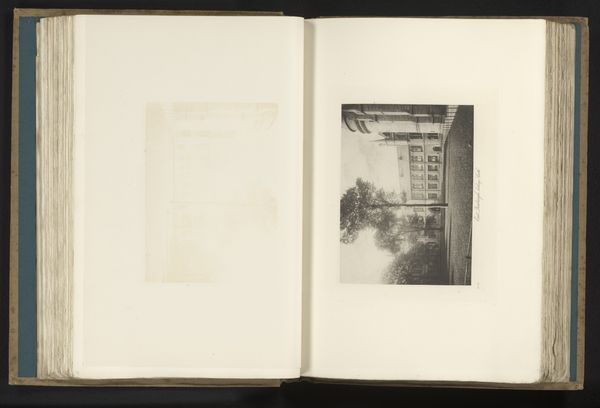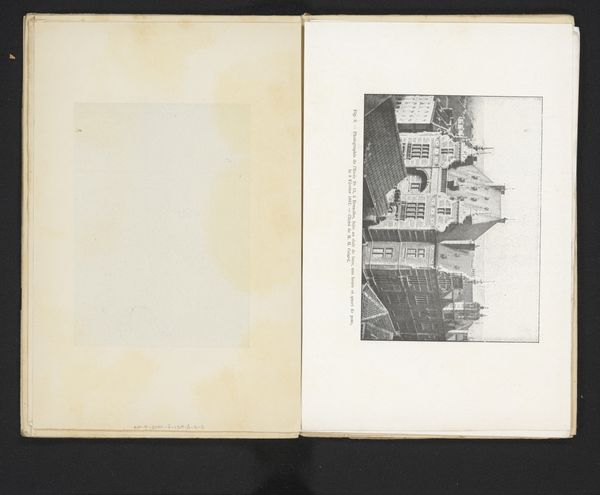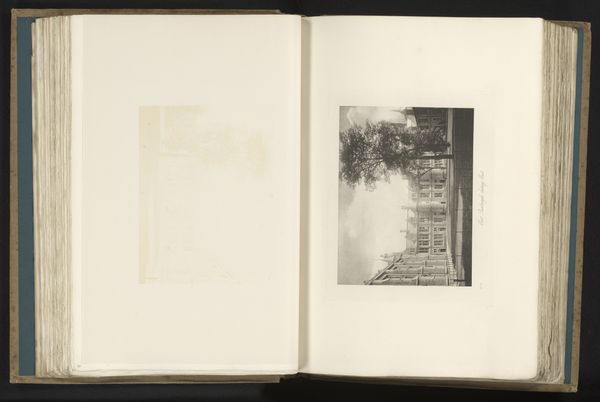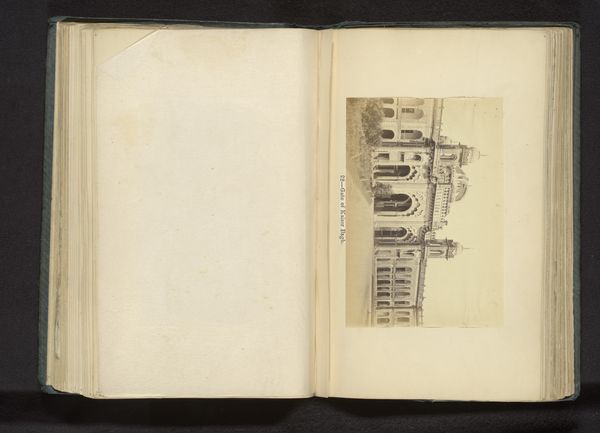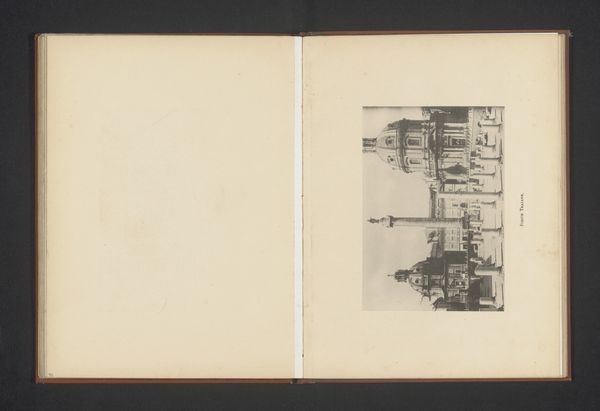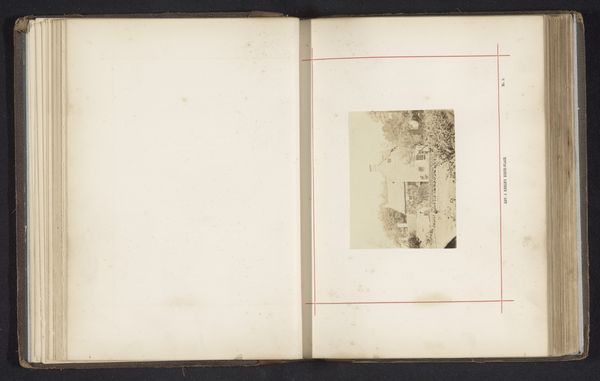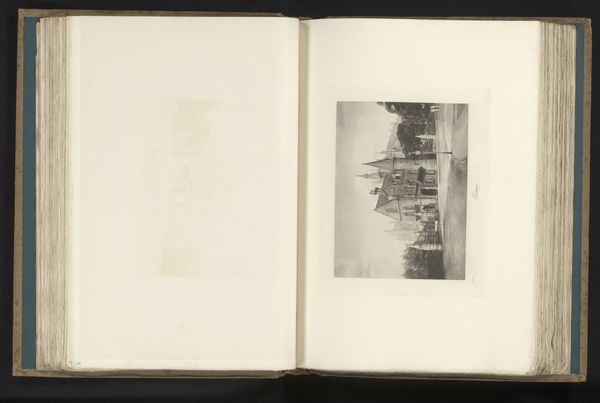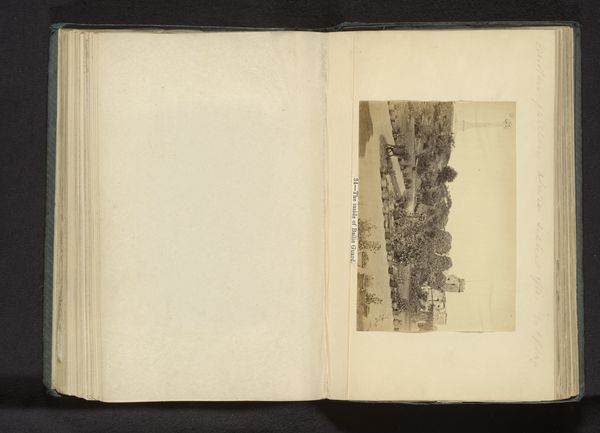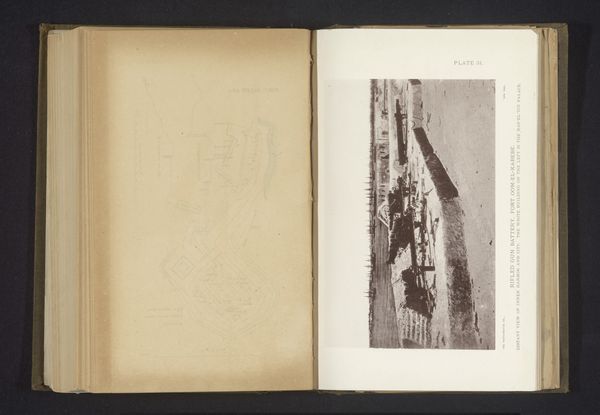
print, photography
# print
#
photography
#
orientalism
#
cityscape
Dimensions: height 152 mm, width 112 mm
Copyright: Rijks Museum: Open Domain
Curator: This photographic print captures St. George Hanover Square in London. It dates to before 1905, and is attributed to Eustace G. Calland. What's your initial take? Editor: It feels incredibly formal, almost stage-like. The greyscale palette contributes to a sense of restraint and order, further accentuated by the geometric framing and central perspective, with lines converging at that neoclassical facade. Curator: Indeed. The choice of perspective seems deliberate. I believe it's less about capturing a bustling city street, and more about projecting the power and elegance associated with this particular location and its architecture. Editor: That neoclassical architecture speaks volumes, doesn’t it? Its very form encodes ideologies of power and order. Curator: Precisely. The print exists within a specific social context, where the representation of institutions and monuments was paramount. Churches like this played a critical role in solidifying social norms and conveying cultural values. Consider the viewpoint - the artist stands opposite the establishment. The perspective lends an objective sensibility that nonetheless suggests admiration for such places of worship. Editor: Looking closely, it appears to be quite busy with activity – people and horse-drawn carriages. It is interesting how those more human, kinetic details are incorporated. Curator: These small details act to contrast the immovability and permanence of the built environment. But how successful would you say the artist is in melding those contrasting elements, really? Editor: Perhaps the success isn't in the melding, but the acknowledgement of their adjacency. I think of Benjamin and the flâneur – Calland's lens seems to float on the edges of city life and urban spectatorship here. Curator: Yes. Thinking about Calland and this print today prompts interesting reflection on art's public function then and now. How does visual language reflect society's structural changes? Editor: A keen reminder to look beyond aesthetics and discern the subtle assertions shaping our perceptions! Curator: Absolutely. It allows one to see the formal as being inherently historical.
Comments
No comments
Be the first to comment and join the conversation on the ultimate creative platform.

